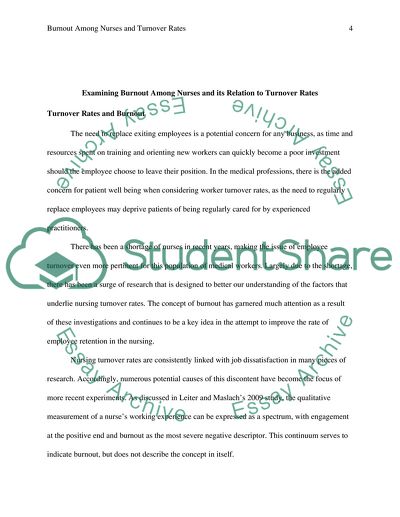Cite this document
(“Examining Burnout Among Nurses and its Relation to Turnover Rates Research Paper”, n.d.)
Examining Burnout Among Nurses and its Relation to Turnover Rates Research Paper. Retrieved from https://studentshare.org/psychology/1585565-examining-burnout-among-nurses-and-its-relation-to-turnover-rates
Examining Burnout Among Nurses and its Relation to Turnover Rates Research Paper. Retrieved from https://studentshare.org/psychology/1585565-examining-burnout-among-nurses-and-its-relation-to-turnover-rates
(Examining Burnout Among Nurses and Its Relation to Turnover Rates Research Paper)
Examining Burnout Among Nurses and Its Relation to Turnover Rates Research Paper. https://studentshare.org/psychology/1585565-examining-burnout-among-nurses-and-its-relation-to-turnover-rates.
Examining Burnout Among Nurses and Its Relation to Turnover Rates Research Paper. https://studentshare.org/psychology/1585565-examining-burnout-among-nurses-and-its-relation-to-turnover-rates.
“Examining Burnout Among Nurses and Its Relation to Turnover Rates Research Paper”, n.d. https://studentshare.org/psychology/1585565-examining-burnout-among-nurses-and-its-relation-to-turnover-rates.


